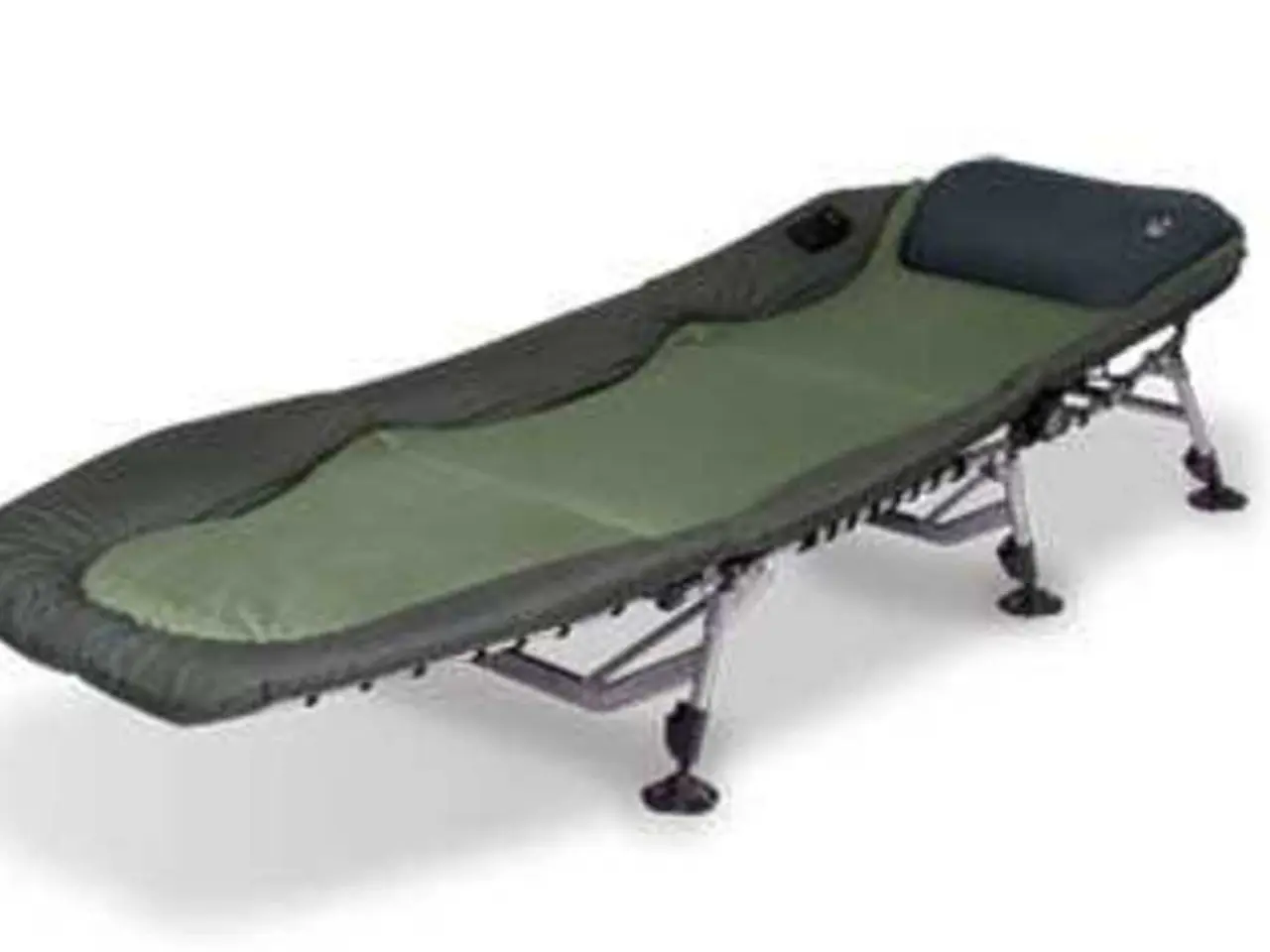Strategies for Mitigating and Avoiding Leg Cramps: Discussion on Remedies and Preventative Measures
Leg muscle cramps, characterized by visible contractions in the calf area, can be a common and often inconvenient issue for many individuals. While most cramps in healthy individuals do not require medical attention, they can impact daily activities and quality of life, especially in certain at-risk groups. This article provides a comprehensive guide on the treatments, prevention methods, and useful supplements for managing leg muscle cramps.
Treatments for Leg Muscle Cramps ----------------------------------
Stretching exercises are an effective way to stop or prevent cramps. For calves, standing and leaning into a wall with one leg back while pressing the heel down is recommended. For thighs, sitting with legs straight and sliding hands toward the ankles to gently stretch the back of the legs is advised. Applying heat to a tight muscle and ice to a sore muscle can also provide relief during cramping. Over-the-counter pain relievers or muscle relaxants may offer short-term symptom relief, but identifying and addressing underlying causes is essential for long-term prevention.
Prevention Methods -------------------
Maintaining hydration, particularly with electrolyte-rich fluids, is crucial in preventing leg muscle cramps. Drinking fluids before, during, and after exercise reduces dehydration, a common cause of muscle cramps. Warming up and cooling down before and after exercise, as well as allowing muscles to rest and recover, help reduce cramps. Stretching muscles before bedtime may also prevent nocturnal leg cramps.
Useful Supplements and Foods -----------------------------
Potassium, magnesium, calcium, and sodium are key minerals involved in muscle function. Deficiencies can trigger cramps. Foods rich in these electrolytes include bananas, melons, milk, nuts and seeds, olives, sweet potatoes, and tomatoes. For individuals at risk of recurrent or severe cramps, seeking medical advice is advised to consider medications or supplements under professional guidance.
In conclusion, the best approach to managing leg muscle cramps involves maintaining hydration with electrolyte-rich fluids, regularly stretching muscles, warming up and cooling down during exercise, and consuming a balanced diet rich in potassium, magnesium, calcium, and sodium. For persistent or severe cramps, seeking medical advice is advised to rule out underlying conditions and consider medications or supplements under professional guidance.
[1] Mayo Clinic. (2021). Leg cramps: Causes, prevention, and treatment. https://www.mayoclinic.org/diseases-conditions/leg-cramps/symptoms-causes/syc-20354351 [2] National Health Service (NHS). (2020). Leg cramps. https://www.nhs.uk/conditions/leg-cramps/ [3] American Family Physician. (2019). Evaluation and Management of Leg Cramps. https://www.aafp.org/pubs/afp/articles/2019/0615/aafp0615190025.html [4] Healthline. (2021). 15 home remedies for leg cramps. https://www.healthline.com/health/leg-cramps/home-remedies#1
Stretching exercises, such as leaning against a wall for calves or stretching the back of the legs for thighs, can be effective in treating and preventing leg muscle cramps. Additionally, maintaining a balanced diet rich in minerals like potassium, magnesium, calcium, and sodium, found in foods like bananas, melons, milk, and sweet potatoes, can help prevent leg muscle cramps and promote overall health-and-wellness, including fitness-and-exercise activities.




